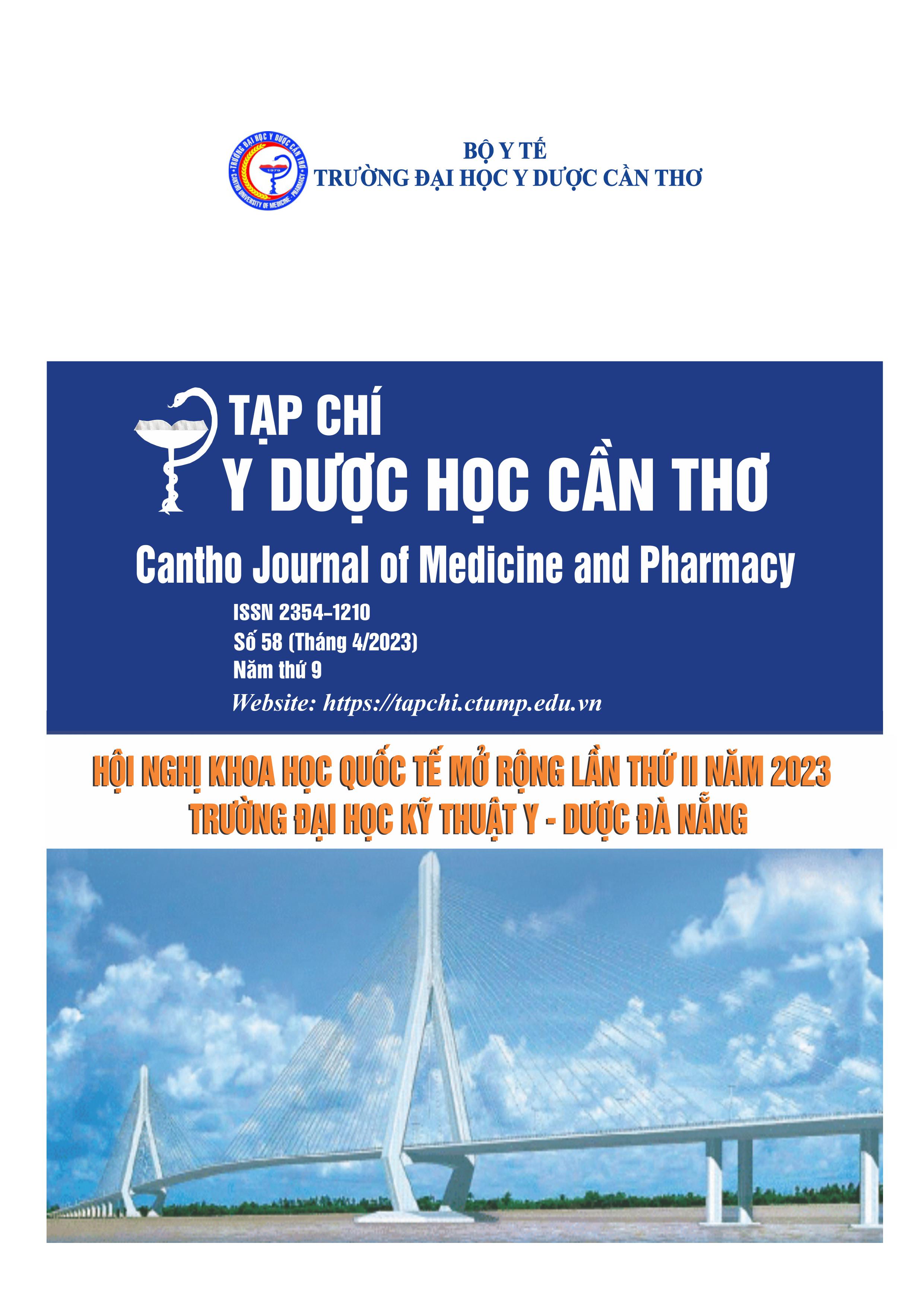STUDY ON DIURETIC EFFECT OF EXTRACTS OF CLINACANTHUS NUTANS (ACANTHACEAE) LEAF IN MICE
Main Article Content
Abstract
Background: Clinacanthus nutans leaves have been used to support the treatment of urinary incontinence. Objectives: Evaluate effect of extracts of clinacanthus nutans leaves on volume and electrolytes concentration of urine. Materials and methods: 36 Swiss albino mice were orally administered distilled water, water extract, alcoholic extract of clinacanthus nutans leaves or furosemide. Urine volumn of mice was measured after 1,2,3,4,5, and 24 hours. Total 24-hour urine was analysed electrolytic concentration. Results: The urine volume of group administered clinacanthus nutans leaves extracts was increased after 5 hours (p<0.05). Urine Na+ and Cl- concentration of group administrated clinacanthus nutans leaves extracts increased significantly (p<0.05). Urine K+ concentration of group administrated alcoholic extract at the dose of 2000 mg/kg was significantly (p<0.05) lower than that of group administrated furosemide. Conclusions: CNL extracts increase the urine volume and salt excretion. Alcohol extract of clinacanthus nutans leaves at the dose of 2000 mg/kg reduced hypokalaemic than furosemide.
Article Details
Keywords
Clinacanthus nutans, furosemid, diuretic effect
References
2. Bộ Y Tế (2015), Hướng dẫn thử nghiệm tiền lâm sàng và lâm sàng thuốc Đông Y, thuốc từ dược liệu, Hà Nội, tháng 10 năm 2015.
3. Võ Văn Chi (1991), Cây thuốc An Giang, Uỷ ban Khoa Học và Kỹ Thuật An Giang.
4. Aliyu A., Shaari M. R. (2020), “Subacute Oral Administration of Clinacanthus nutans Ethanolic Leaf Extract Induced Liver and Kidney Toxicities in ICR Mice”, Molecules, 25, pp.2631.
5. Hailu W., Engidawork E. (2014), “Evaluation of the diuretic activity of the aqueous and 80% methanol extracts of Ajuga remota Benth (Lamiaceae) leaves in mice”, BMC Complementary and Alternative Medicine, 14, pp.135.
6. Khoo L. W., Mediani A. (2015), “Phytochemical diversity of Clinacanthus nutans extracts and their bioactivity correlations elucidated by NMR based metabolomics”, Phytochem. Lett, 14, pp.123-133.
7. P’ng X. W., Akowuah G. A., Chin J. H. (2020), “Acute oral toxicity study of clinacanthus nutans in mice”, International Journal of Pharmaceutical Science and Research, 3(11), pp.4202-4205.
8. Siew Y. Y., Zareisedehizadeha S. (2014), “Ethnobotanical survey of usage of fresh medicinal plants in Singapore”, Journal of Ethnopharmacology, 155, pp.1450-1466.
9. Upadhyay A., Jain S. (2018), “Diuretic activity of ignored monocot grass kyllinga triceps rottb”, International Journal of Pharmacy and Biological Sciences, 8(3), pp.523-530.
10. Zamery M. I., Al-Shami A. M. A. (2020), “Pharmacological effects of Clinacanthus nutans Lindau and its potential cosmeceutical values: A comprehensive review”, Journal of Pharmaceutical Sciences and Research, 12(1), pp.10-19.


